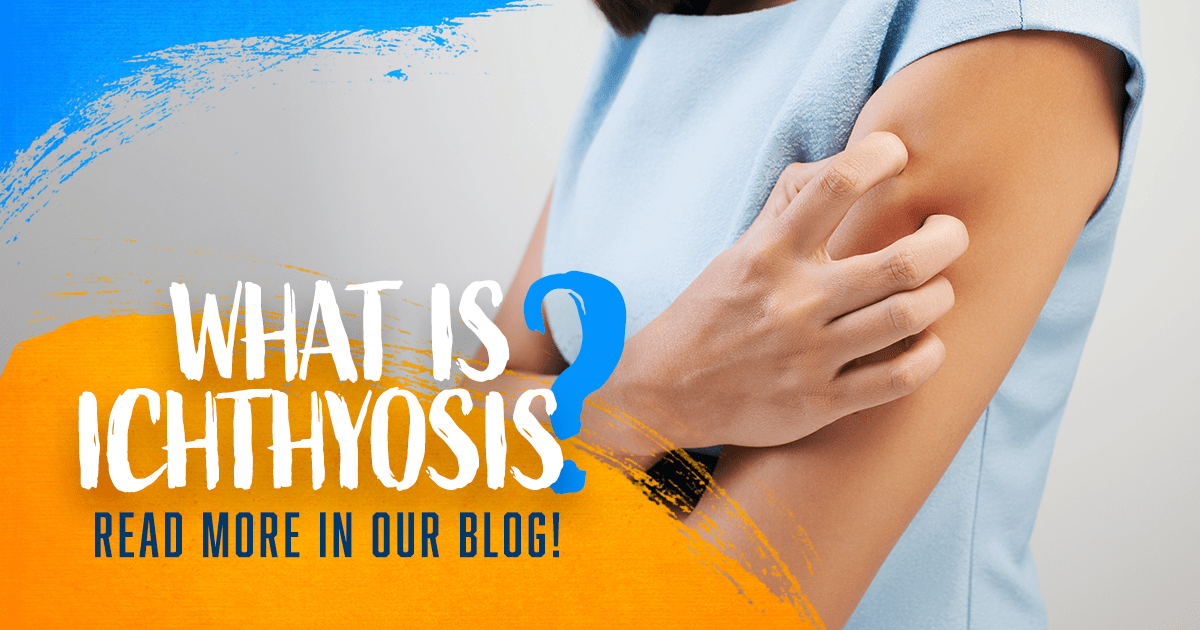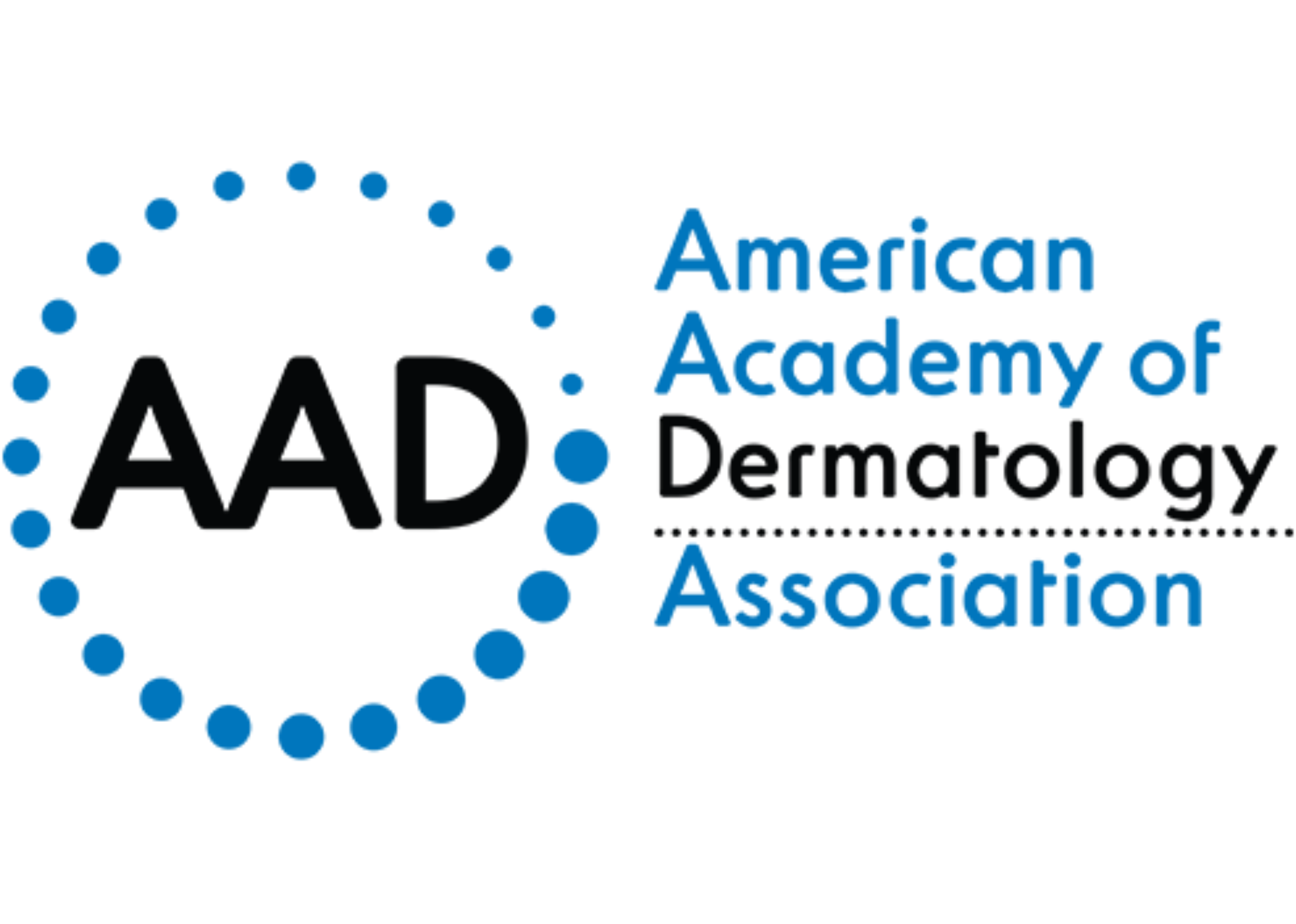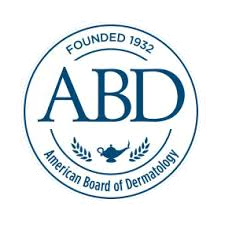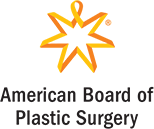Skin conditions can be challenging to narrow down because the symptoms can be similar between them. More than 16,000 babies are born each year that have ichthyosis (ik-thee-O-sis). Ichthyosis is a disfiguring skin condition that causes numerous medical complications. The children and adults affected face low self-esteem and depression as a result of their highly visible, continually shedding skin.

What is Ichthyosis?
Ichthyosis is a genetic skin condition that slows the skin’s natural shedding process. This results in excessive accumulation of the protein in the upper layer of the skin (keratin). Symptoms are dry, scaly skin that may be red with blisters, and extreme shedding. Skin that feels hot and pain may also occur. Any race, age, and gender can develop it. Five categories classify ichthyosis. They are:
- Ichthyosis Vulgaris: Scaling and dryness that are mild.
- Epidermolytic Ichthyosis: Thick, spiny, dark scales that may blister easily.
- Lamellar Ichthyosis: Plate-like scales that are large and thick skin.
- Congenital Ichthyosiform Erythroderma: Fine scales and red skin.
- Localized Ichthyosis: Skin that is thick and scaly in certain areas.
Ichthyosis can be present at birth, but symptoms typically begin to appear before the age of one. It is caused by a genetic mutation and is passed from parents to a child. There are cases where parents carry the mutated gene but do not exhibit the disorder themselves. In rare cases, it can present itself in adulthood, and is usually associated with an underlying condition.
Diagnosis and Treatment
A diagnosis of ichthyosis can be made through an examination of the skin and may include other lab tests or a skin biopsy. Dermatologists specialize in different skin disorders, and your doctor may refer you to one to get an accurate diagnosis. There is not a specific treatment for it, so the aim will be to manage the symptoms. Current management options include:
- Creams and Ointments that Exfoliate– These helps moisturize the skin and help reduce the scaling. The ingredients contain alpha-hydroxy acids, such as lactic acid and glycolic acid.
- Oral Medication– Retinoids may be prescribed to reduce the production of skin cells.
Clinical Research and Ichthyosis
Over the years, advancement into the causes and management of ichthyosis have been made thanks to clinical research. Research studies also provide options for no-cost medical treatment and the opportunity to gain access to possibilities not yet available to the public.

To learn more about currently enrolling ichthyosis studies for adults and children, call (210) 728-3919, or click here. Qualified participants may receive reimbursement for time and travel.
References:
https://www.mayoclinic.org/diseases-conditions/ichthyosis-vulgaris/symptoms-causes/syc-20373754
http://www.firstskinfoundation.org/what-is-ichthyosis
https://www.niams.nih.gov/health-topics/ichthyosis#tab-causes








